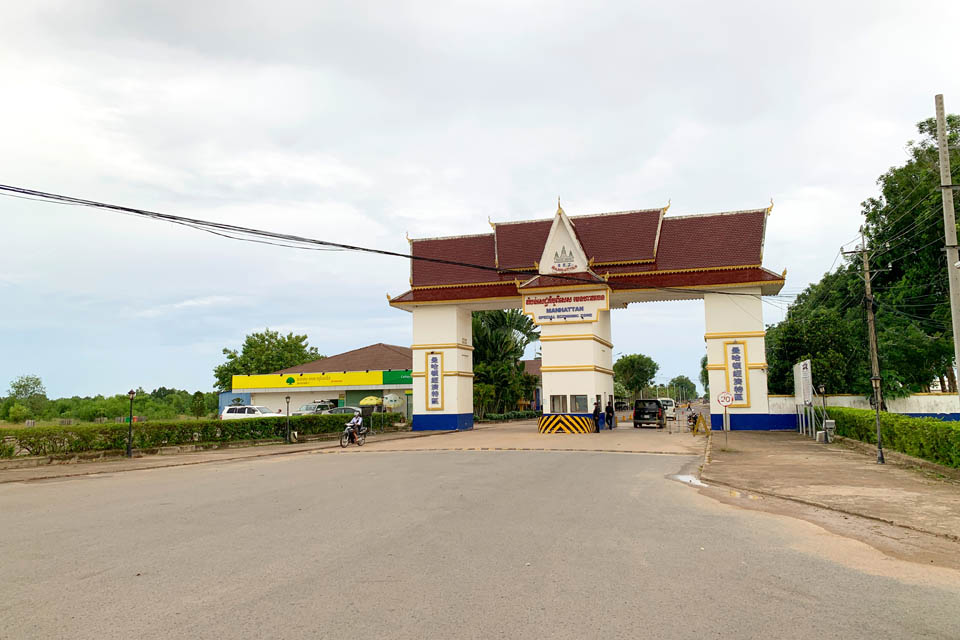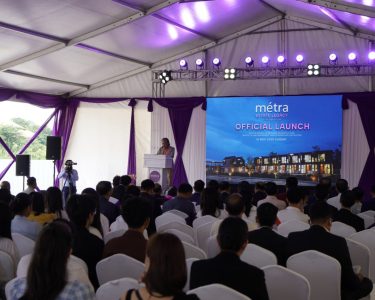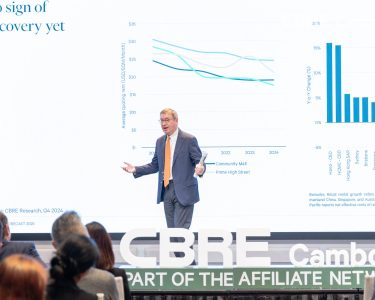Cambodia Investment Review
The Manhattan Special Economic Zone (MSEZ), located along the Cambodia–Vietnam border, is receiving increased interest from manufacturers and analysts as Singapore-based executives and planning institutions expand their involvement in the zone. The heightened engagement is taking place as global supply chains continue shifting across Southeast Asia and Cambodia positions itself within the wider industrial network anchored around Vietnam.
Established in 2004, MSEZ is one of Cambodia’s longest-running industrial parks. Today it hosts more than 50 enterprises — eight of which are publicly listed — and employs over 40,000 workers. Its growth has occurred gradually over two decades rather than through speculative land-led expansion, which observers say makes it a useful case study for understanding how Cambodia’s industrial landscape is maturing.
A brief snapshot of the zone’s current scope:
• 21 years of ongoing operations
• 50+ diversified manufacturing enterprises
• 40,000+ industrial workers
• 2,000–3,000 affordable housing units under planning
• Education and healthcare facilities under consideration
Infrastructure and Operating Model
MSEZ’s development model has prioritized infrastructure and production continuity over real estate monetization. The zone has built out power supply, logistics facilities, road networks and on-site customs services in order to support industrial manufacturing rather than short-term investment turnover. Standardised operating and safety requirements have been a consistent feature of the park and are cited by investors familiar with its operations.
Analysts note that predictability of power supply, logistics and workforce conditions will continue to influence Cambodia’s ability to attract industrial relocation from China and Vietnam. While challenges remain, the presence of long-running industrial parks with operational records is seen as a positive signal.
Singapore’s Increasing Involvement
A meaningful development in recent years has been the expansion of Singaporean participation across leadership, industrial planning and talent development. Singaporean executives now occupy senior roles within MSEZ, and Surbana Jurong has been contracted to advise on industrial positioning and long-term spatial planning. Educational partnerships — including between Singapore University of Social Sciences (SUSS) and Lotus Academy in Cambodia — have also been introduced to support skills development and workforce exchange.

Proposals for a K-12 international school, nursery, medical centre and large-scale affordable housing remain in planning discussions. If implemented, these projects would represent a shift toward an industrial-city model aimed at retaining labour and managerial families. Analysts note that similar approaches have been used in East Asian manufacturing hubs to reduce turnover and stabilise production cycles.
Position Within Regional Supply Chain Realignment
MSEZ’s proximity to Vietnam makes it relevant to companies distributing production across multiple ASEAN locations. Singaporean capital and advisory firms, which are heavily engaged in Vietnam’s industrial economy, now reference the zone as part of a wider industrial footprint spanning Singapore, Vietnam and Cambodia. For manufacturers reallocating production from China, the zone provides access to lower labour costs while maintaining links to Vietnam-centred supply chains.
Whether this dynamic accelerates depends on broader factors including logistics costs, policy stability and workforce availability across the Cambodia–Vietnam corridor. Observers note that Singapore’s upcoming ASEAN chairmanship in 2027 may place additional focus on regional manufacturing coordination.
Broader Context for Cambodia’s Industrialization
Cambodia has entered a period of heightened attention from manufacturers considering alternative production bases in Southeast Asia. However, analysts caution that sustaining momentum will require continued investment in power supply, transportation infrastructure, logistics, labour development and regulatory stability — rather than reliance on tax incentives or land-driven development.
In this context, MSEZ is regularly cited not as a definitive template, but as a long-running industrial case with measurable workforce and operating data. Its interaction with Singaporean planning institutions and supply chain networks has made it a reference point in discussions on how Cambodia can position itself within a shifting regional industrial economy.
As the Cambodia–Vietnam economic corridor expands and supply chains reconfigure across ASEAN, MSEZ is expected to remain an indicator of how industrial parks in the country adapt to changing regional requirements. For analysts, the focus remains less on promotional messaging and more on whether the zone’s long-term operating characteristics — infrastructure, workforce stability and planning continuity — align with the needs of global manufacturers over the next decade.





